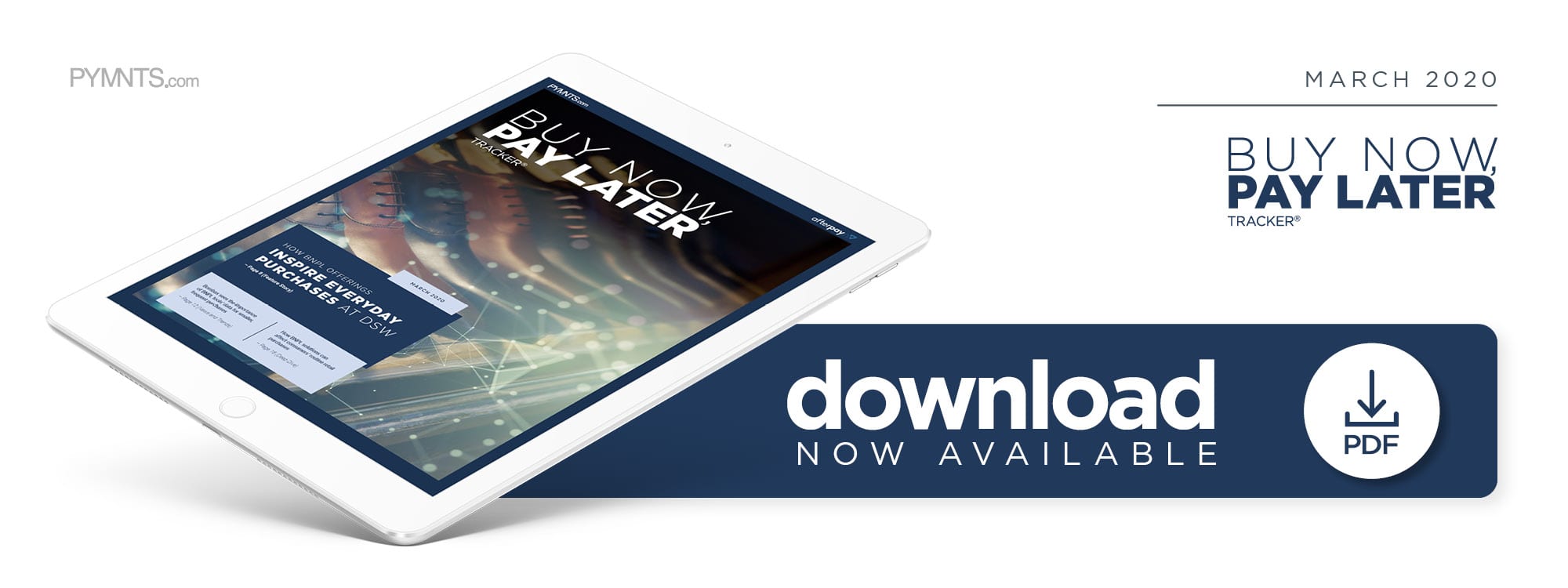Deep Dive: Consumers Consider BNPL Solutions For Routine Retail Purchases

Retail frequently adapts well to the new technologies or tools consumers might be using to shop, but repricing goods to accommodate customers who are wary of overspending is often out of its reach. Retailers and payment professionals may think this problem affects only luxury brands, but customers can and do abandon even inexpensive purchases if they no longer feel financially secure. The ease and speed of credit cards and similar payment methods spook many consumers, especially when such transactions often lead to interest rate fees and other costs later in the year, souring in-the-moment purchases.
Consumers need to be satisfied with how and how much they pay for goods, both for larger purchases and smaller monthly or weekly ones. This is prompting retailers outside the luxury space to explore buy now, pay later (BNPL) options. Brands in Australia, the U.K. and the U.S. are seeing credit card usage slip among younger customers, with credit use declining 3 percentage points over the past year in Australia alone. The number of BNPL users in the country rose 41 percent in the same time frame.
Millennials and members of Gen Z are primarily driving this shift, with the former at the height of their spending power. Their lifelong wariness of credit cards prevents them from using them even for minor purchases, however. Younger consumers no longer trust debt at any shopping level, meaning they use credit less often for routine purchases like buying new shoes or clothes. BNPL solutions can help bridge this trust gap and encourage customers to finalize transactions about which they are tentative. Retailers must adopt fundamentally different attitudes toward payments and customers to successfully implement such products for routine transactions, however.
BNPL Offerings’ Popularity Among Millennials
Luxury retailers — those offering products like cars or large home appliances — are used to accommodating consumers with installment payments, but those that offer everyday purchases, such as coffee, cosmetics and gas, may be less familiar with these options. Younger customers have shifted the payments landscape away from services that might increase their debts, regardless of what they are purchasing.
BNPL products’ impacts on credit’s decline have also been thoroughly examined, with many looking into why millennial and Gen Z customers are exploring installment payments over credit card offers. The assumption is that younger customers use credit cards for more expensive purchases, and that their usage of BNPL solutions would likely follow the same pattern. This does not hold true when examining where and how consumers are using such products around the globe, however. Installment payments are still popular for expensive purchases, but the more intriguing payments evolution is in how consumers are paying for the products they buy every week and why BNPL could benefit those retailers.
Younger customers are ahead of the curve, too, with BNPL product adoption rates’ rapid expansion indicating that shoppers are already convinced of its financial benefits for routine spending. Consumers under age 35 represent nearly half of all BNPL product users in Australia, which is currently one of the most competitive markets for these solutions. Providers Afterpay and Zip have yet to release statistics showing exactly where shoppers are spending their money, but these companies often partner with middle-tier brands as opposed to luxury retailers.
Afterpay’s solution is supported at popular brands such as makeup retailers ColourPop Cosmetics and Morphe, for example, or clothing brands like Cotton On and New York & Co. These retailers have lower price points and BNPL products’ flexible payment plans make it more convenient for debt-wary individuals to complete their transactions. Brands that integrate such offerings thus engineer greater loyalty and trust among consumers who are worried about spending money they do not have. These customers feel more comfortable entering into payment plans with retailers they trust.
Being able to pay for routine purchases like gas with BNPL solutions offers a win-win scenario for buyer-retailer relationships. Customers can purchase the products and services they need, have money left over for bills or other purchases and still make good on their transactions. It is thus important for retailers to consider the meaning of these everyday purchases on consumers’ wallets when choosing potential BNPL partners.
The BNPL Solution Payment Strategy Shift
BNPL can theoretically be used for any purchases, but retailers and businesses have yet to determine why consumers prefer installments over other payment types. BNPL providers can satisfy shoppers by partnering with merchants at which they spend less per ticket. This requires retailers to fundamentally change how they think about payments, however, including reconsidering what consumers define as points of friction and why they are drawn to select payment methods.
Consumers may look to BNPL options for their low-fee or fee-free services, which mimic millennials’ favorite payment method: debit. These transactions allow users to pay immediately and walk away with their goods without unexpected financial strain, and they often enable single-tap purchases online. Consumers who favor debit can attach their cards to BNPL options as well, as they would with mobile wallets or other digital services.
Retailers must stop thinking about BNPL options as alternative payment methods and instead consider them offerings that stand alongside more established solutions like credit and debit cards, or even mobile wallets like Apple Pay or Google Pay. They also need to weigh which BNPL products they accept against customers’ changing payment needs. Consumers’ preferences are continuously developing based on which installment solutions suit their personal and financial lifestyles.
Retailers are fighting the same ongoing battle they have always had with customers, working to capture those who place price and convenience above other factors when making purchases. BNPL products are yet another tool that merchants could use to uncover what today’s shoppers really want. The usual questions about what and why they buy will likely remain, but retailers may be able to better anticipate the answers to those queries with more flexible payment tools.

